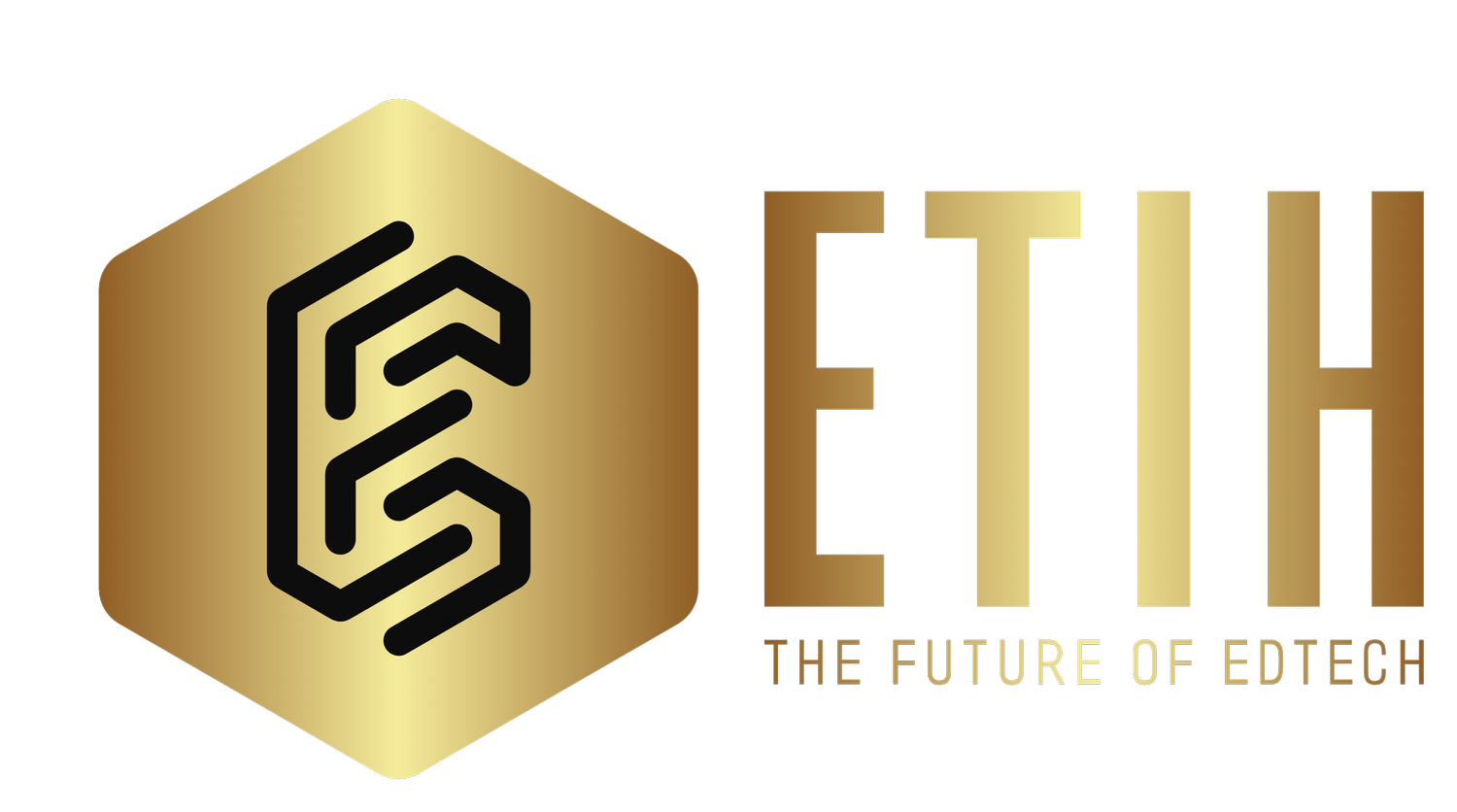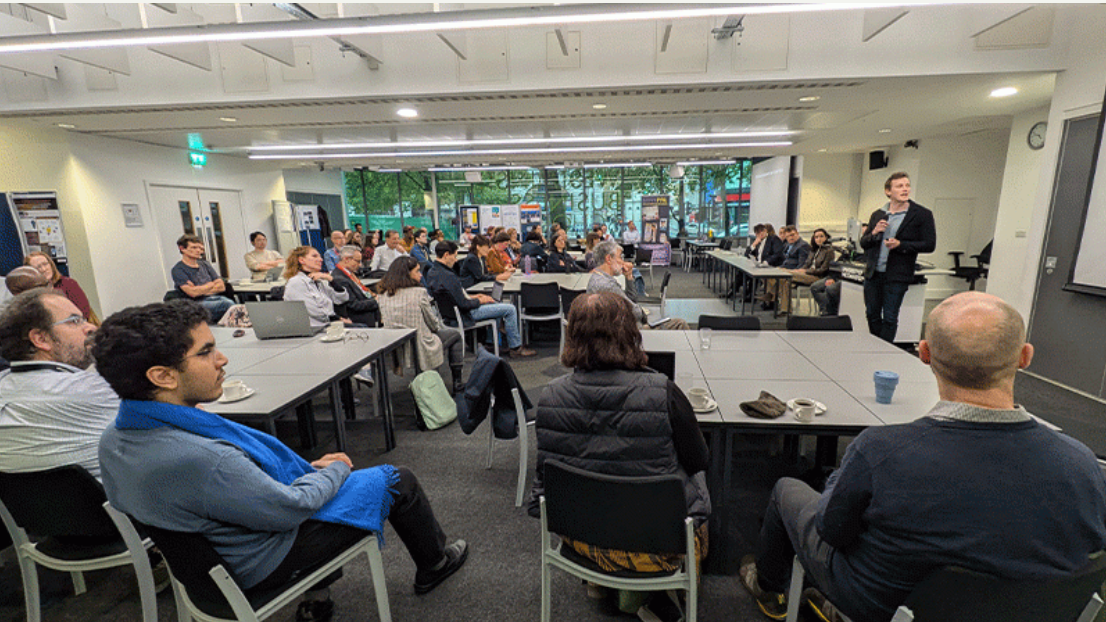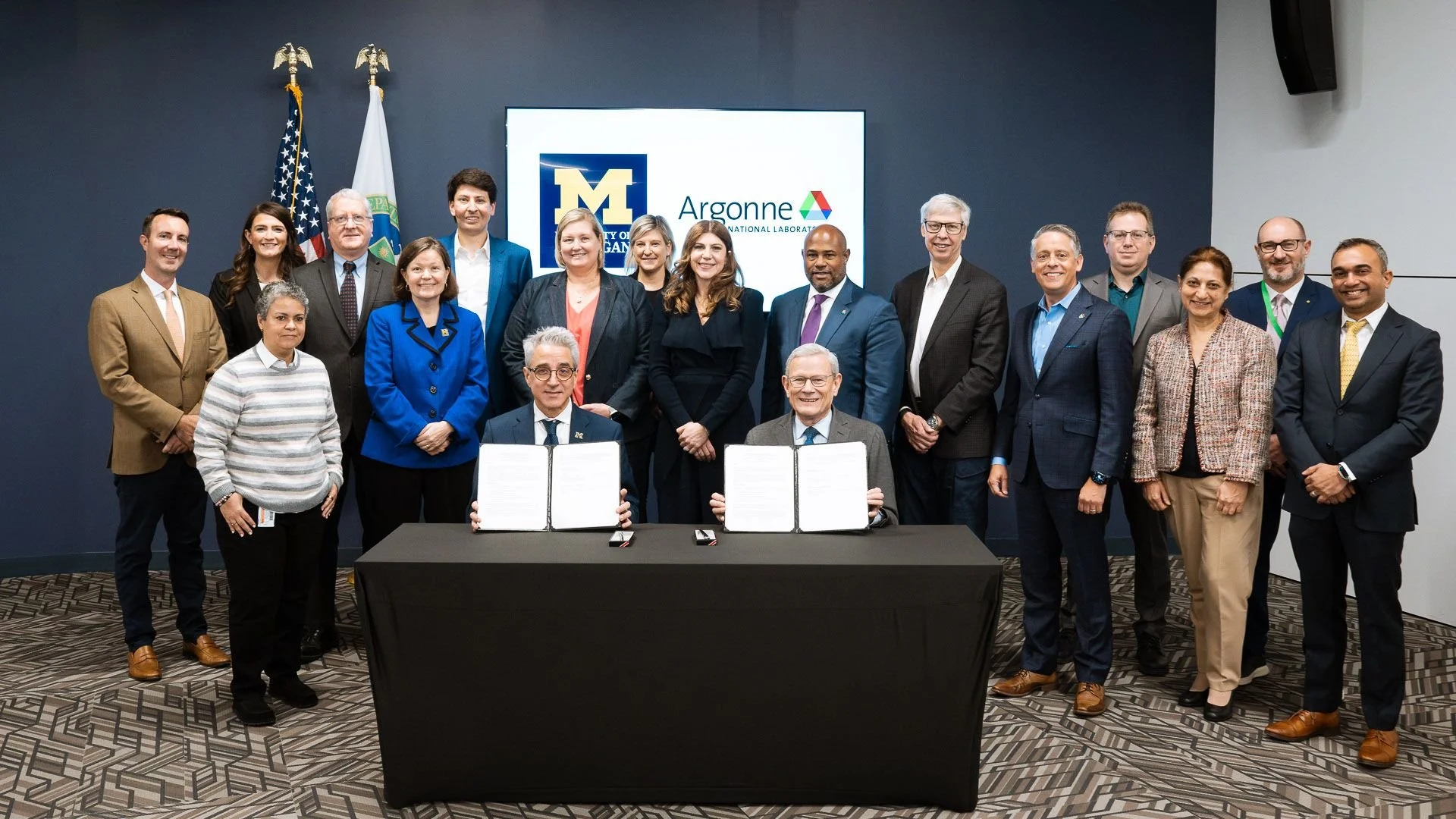Tokyo University of Science develops nanosheet ink for future electronics and hydrogen catalysts
New research at Tokyo University of Science presents two synthesis methods for producing conductive nanosheets in ink form, offering potential applications in energy and device manufacturing.
Researchers at Tokyo University of Science (TUS) have introduced two new methods for producing coordination nanosheets in liquid form, a development that could support manufacturing in electronics, energy, and chemical sensing.
Coordination nanosheets are extremely thin layers, only a few atoms thick, made by combining metal ions with flat organic molecules. These nanosheets are valued for their ability to conduct electricity, interact with chemicals, and remain stable in various environments. Their thin, flexible nature makes them candidates for applications like printed electronics, batteries, and electrocatalysts used in hydrogen production.
Until now, most coordination nanosheets have been synthesized using a two-phase process that requires combining materials in two immiscible liquids (like oil and water), which can be difficult to control and scale. Creating nanosheets with more than one type of metal ion—known as heterometallic nanosheets—has also posed challenges.
Single-phase synthesis and ink-form nanosheets
The TUS research team, led by Professor Hiroshi Nishihara, developed a single-phase reaction using nickel ions and a compound called benzenehexathiol (BHT). By adjusting the ratio of metal to organic compound, they were able to produce either porous or non-porous nanosheets in solution. These nanosheets can be used like ink, either for coating surfaces or as part of further chemical processing.
“When Ni ions are used in the two-phase interfacial reaction, porous nickelladithiolene (NiDT) and non-porous NiBHT structures are obtained. However, a rational method for selectively synthesizing them has not been fully established until now,” says Nishihara.
To test their functionality, the team coated electrodes with NiDT and NiBHT nanosheets. Electrochemical tests showed that NiDT exhibited redox activity, a sign it could be useful in catalytic applications like hydrogen production. NiBHT showed no such activity, which aligned with its non-porous structure.
Adding new metals through substitution
The researchers also developed a second approach called transmetallation, in which one metal in a nanosheet is swapped with another after the sheet is formed. Using this method, they introduced copper and zinc ions into previously prepared nickel-based nanosheets, creating compounds like NiCu₂BHT and NiZn₂BHT.
These heterometallic nanosheets combine the properties of different metals, offering the potential for improved electrical conductivity, structural stability, or chemical functionality.
“NiCu₂BHT has high crystallinity and electrical conductivity and can be utilized in diverse electronic applications. This shows the superiority of the structure and physical properties of heterometallic coordination nanosheets with a defined structure,” Nishihara says.
Applications in coatings, energy, and sensing
By creating nanosheets in solution form, the research team has opened up the possibility of using printing or coating technologies to mass-produce these materials. Their applications could include flexible sensors, printable electronics, hydrogen production catalysts, or components for low-cost energy storage.
Nishihara concludes: “The first ink made from coordination nanosheets has made it possible to mass-produce them using printing technology and to apply them directly to devices, marking a major step forward in their practical use as next-generation flexible electronic devices, hydrogen production catalysts, and sensor materials.”





















